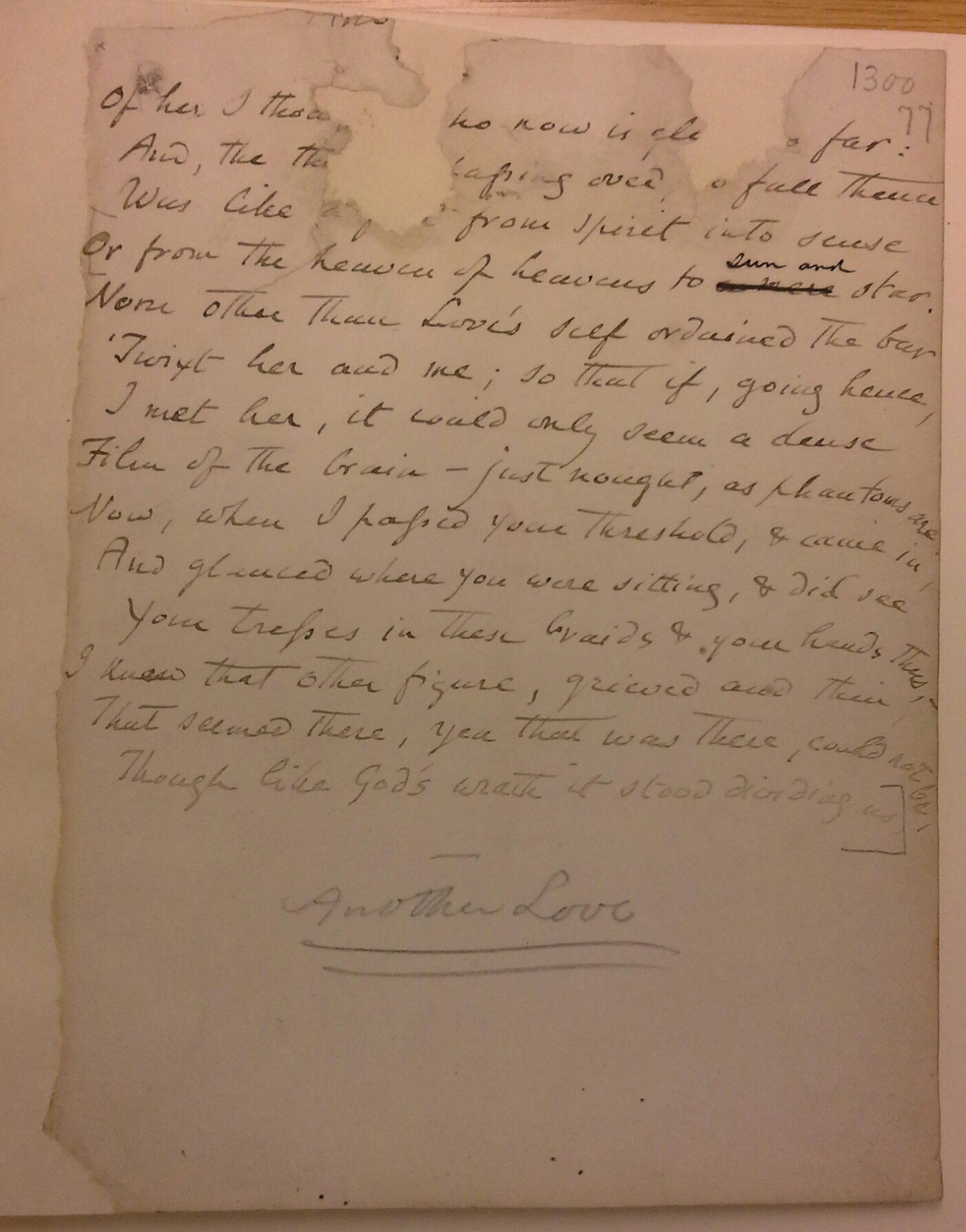Elizabeth Siddal died on the 11th February, 1862 from a possible suicide, or probable overdose. She was buried six days later, on the 17th February at Highgate Cemetery in the Rossetti family grave. During the funeral, her husband, poet and artist Dante Gabriel Rossetti consigned a manuscript of his poems to her coffin as a grand romantic gesture.

However, seven years later, the notebook was retrieved during a late night disinterment which Rossetti was reluctant to attend or to inform his mother about. Official consent was required but this was difficult in itself as Rossetti didn’t want to alert his family of his intention to disturb the resting place of his father who was also buried in the same grave.
The unsavoury character Charles Augustus Howell organised everything for the disinterment to occur, and informed Rossetti that the Home Secretary (whom had overseen Rossetti’s Llandaff triptych) needed to grant permission: Henry A. Bruce acceded to the request.
On the 6th of September, Bruce signed the necessary licence ‘for leave to exhume the body of the late wife of Mr D. G. Rossetti interred in a grave in the Highgate Cemetery for the purpose of obtaining a book placed in the coffin’. Rossetti oversaw from afar but was no doubt relieved that Howell would do the necessary. Rossetti described the book in question, as it had been, it ‘is bound in rough grey calf and has I am almost sure red edges to the leaves…This will distinguish it from the Bible also there as I told you.’
As legally required, a solicitor (H. V. Tebbs) and a doctor (Llewellyn Williams) were present at the disinterment as witnesses were necessary to confirm that no crime or fraud occurred during the exhumation. And so, on the 5th of October 1869, two workmen removed the grave slab and prised off the coffin lid. There they lifted out the desired poetry manuscript. The grave was tidied up accordingly, and the workmen were given beer money for their efforts before disappearing into the night. The poems were retrieved along with the beginnings of a long lasting myth that Siddal’s hair filled the coffin with its bright red tones, and how she still looked just as she had done in life.
However, ten days later Rossetti is known to have written about how the notebook was ‘in a disappointing but not hopeless state’, further lamenting how the poem ‘Jenny’ which he had ‘most wanted’ had a ‘great worm-hole right through every page’. No doubt the romance behind his (retracted) gesture fast disappeared as Rossetti held the damp half eaten pages in his hands.
By October that same year, Rossetti had prepared a new version of the poems for publication which would appear as Poems (1870). But the experience would never leave Rossetti, and he cried: ‘Let me not on any account be buried at Highgate’. He wasn’t.
This is the last surviving page of that manuscript, courtesy of the British Library. Ironically, it is called ‘Another Love’ and it bears the dreadful marks of this story and the depths of ego, eccentricity, and melancholic creativity which plagued both Rossetti, and Siddal.

Images via my own collection and the British Library. Copyright lies with the British Library.
Leave a comment